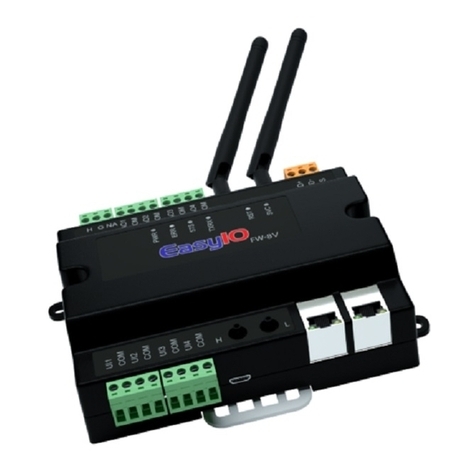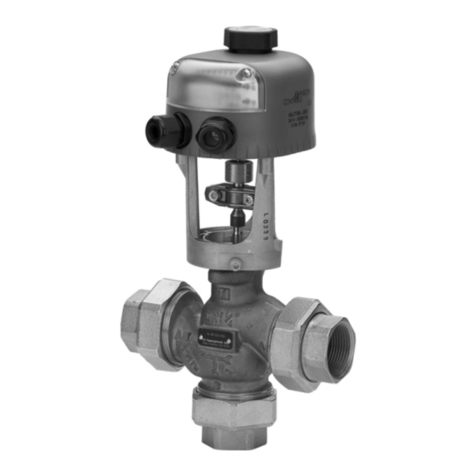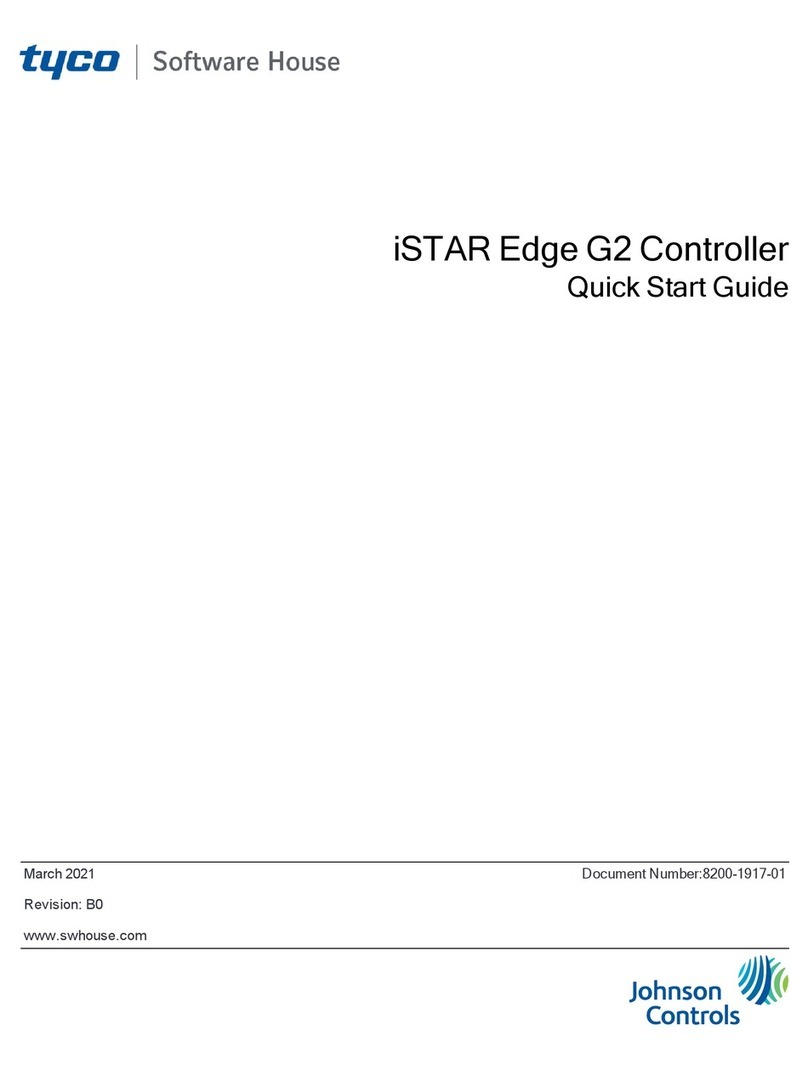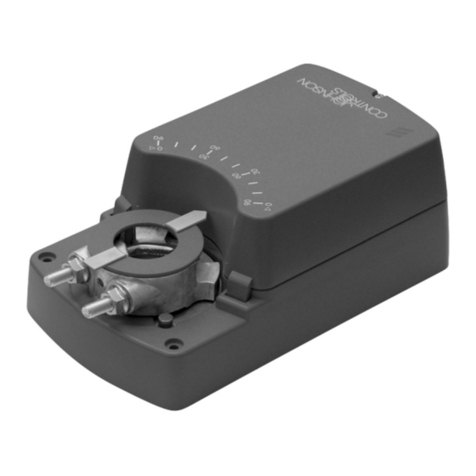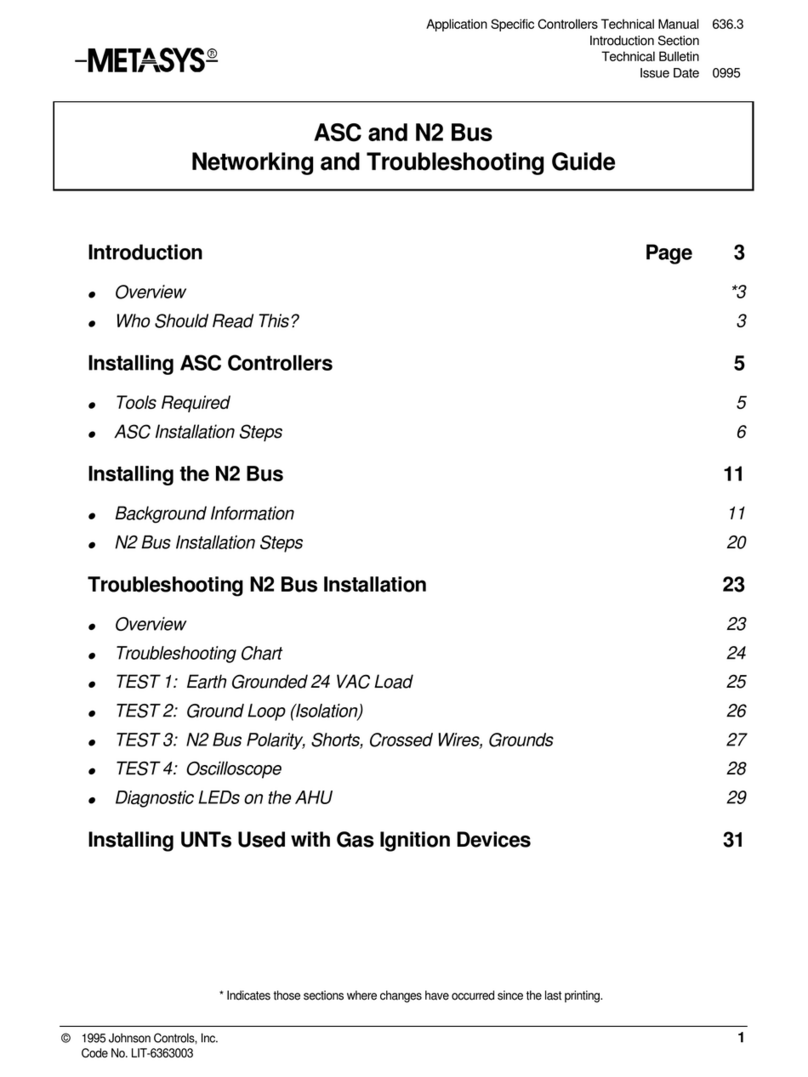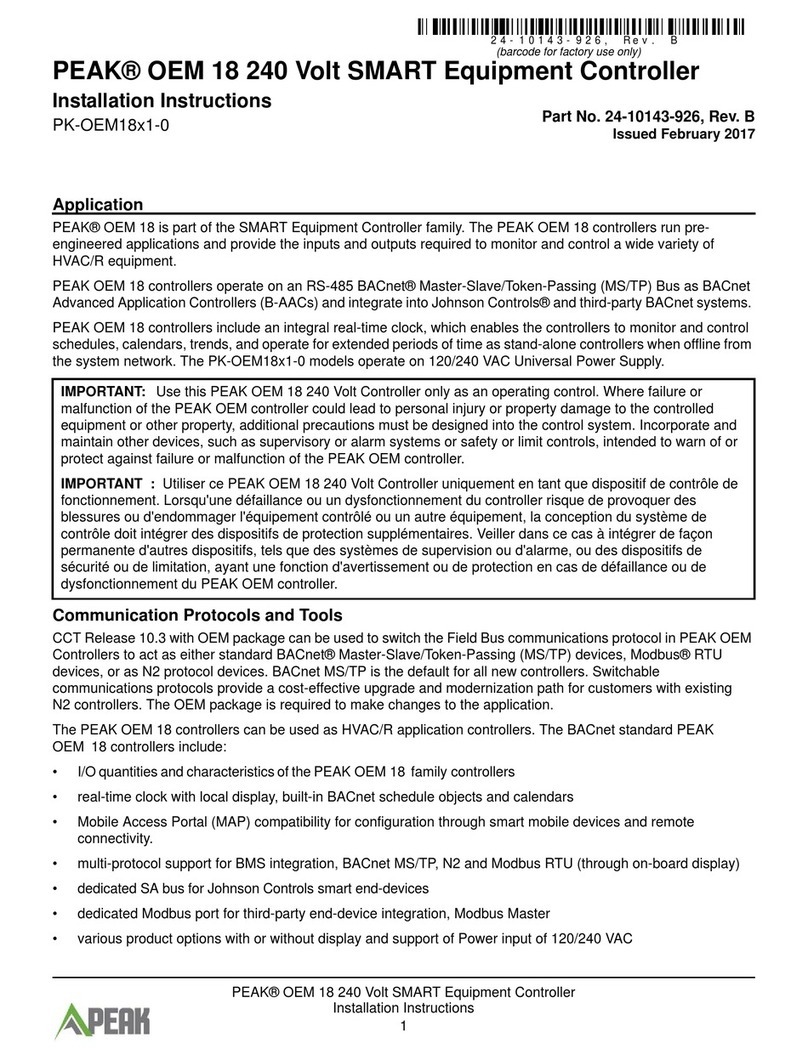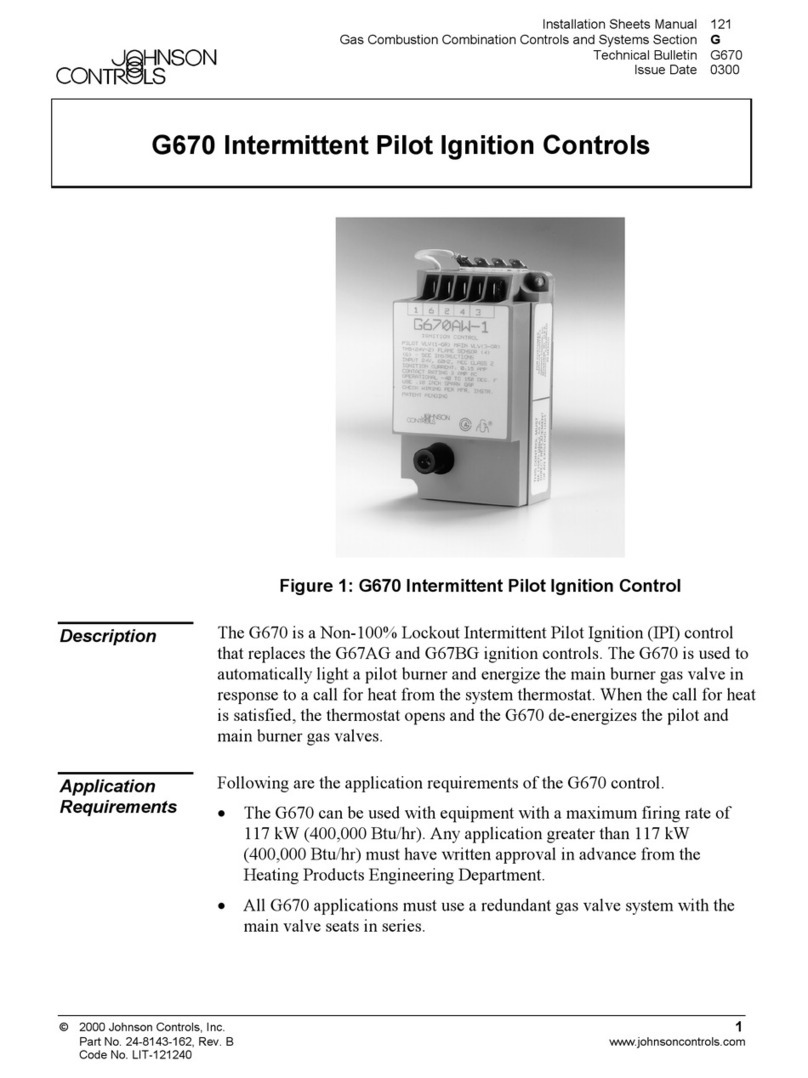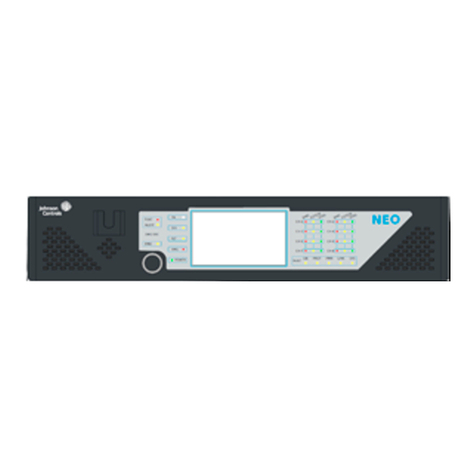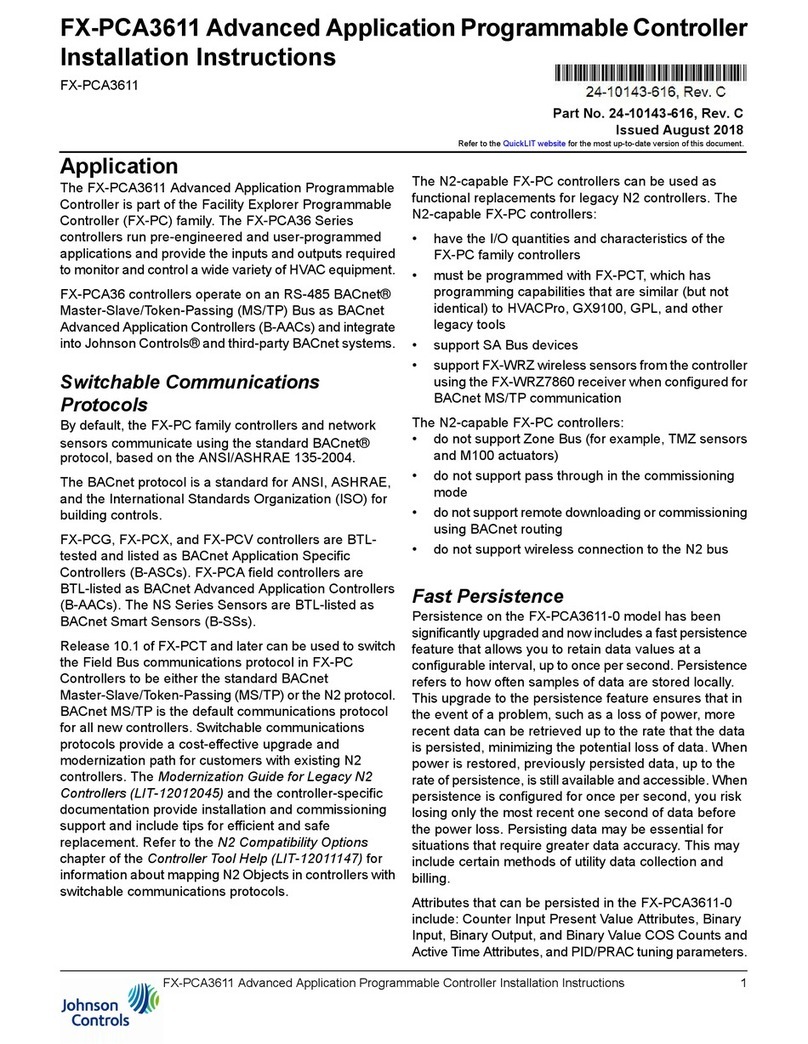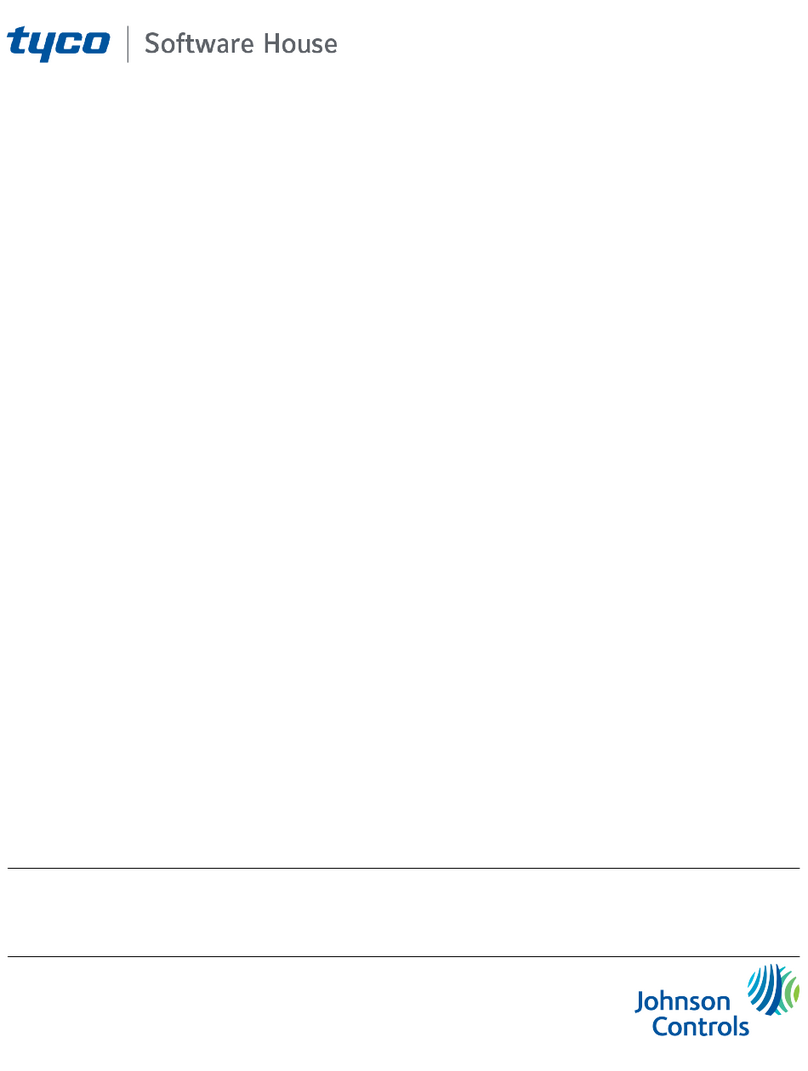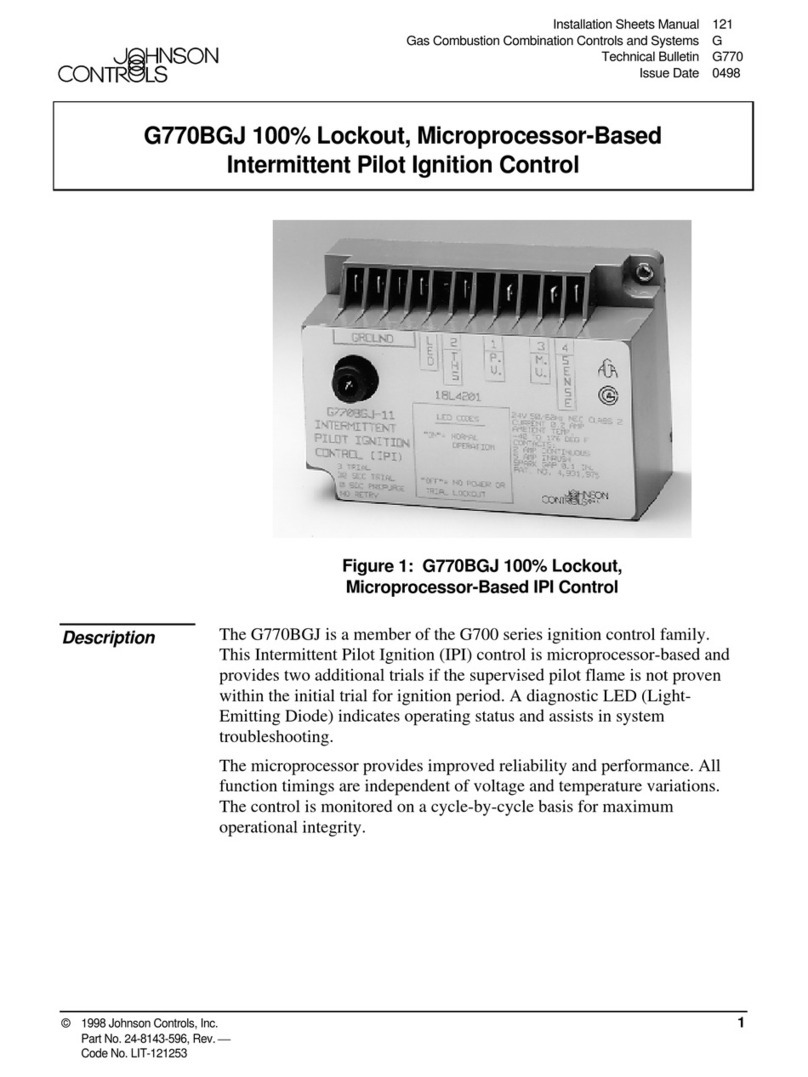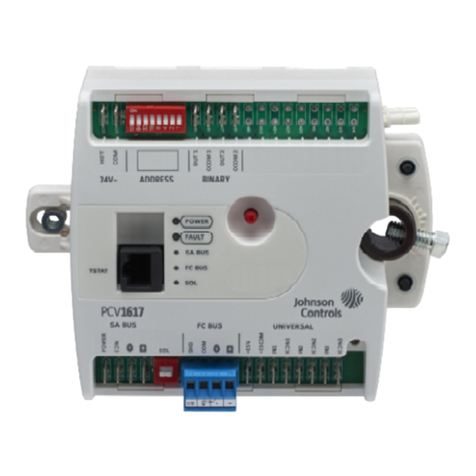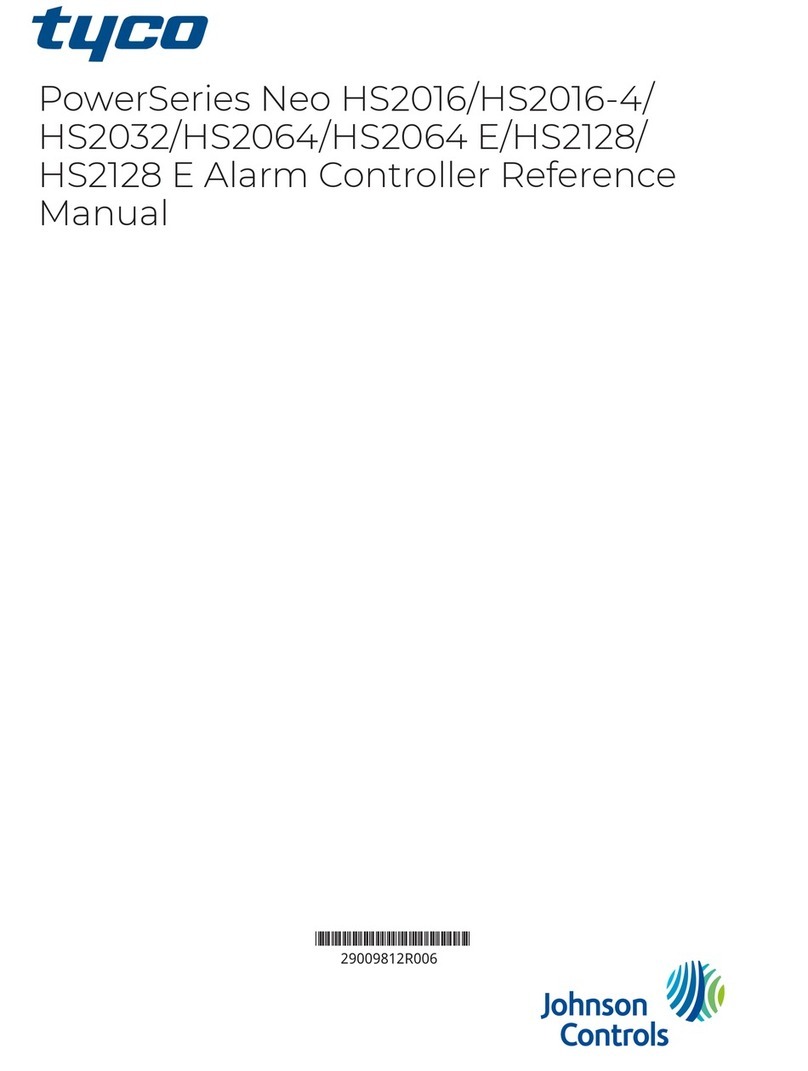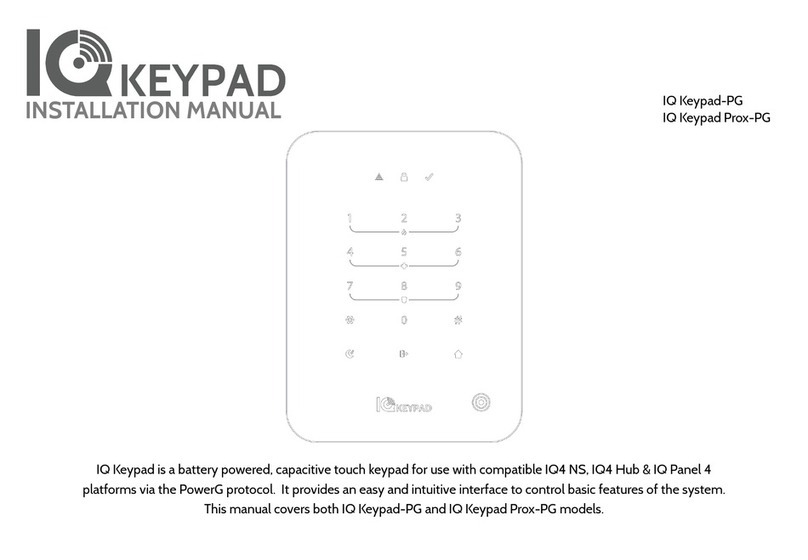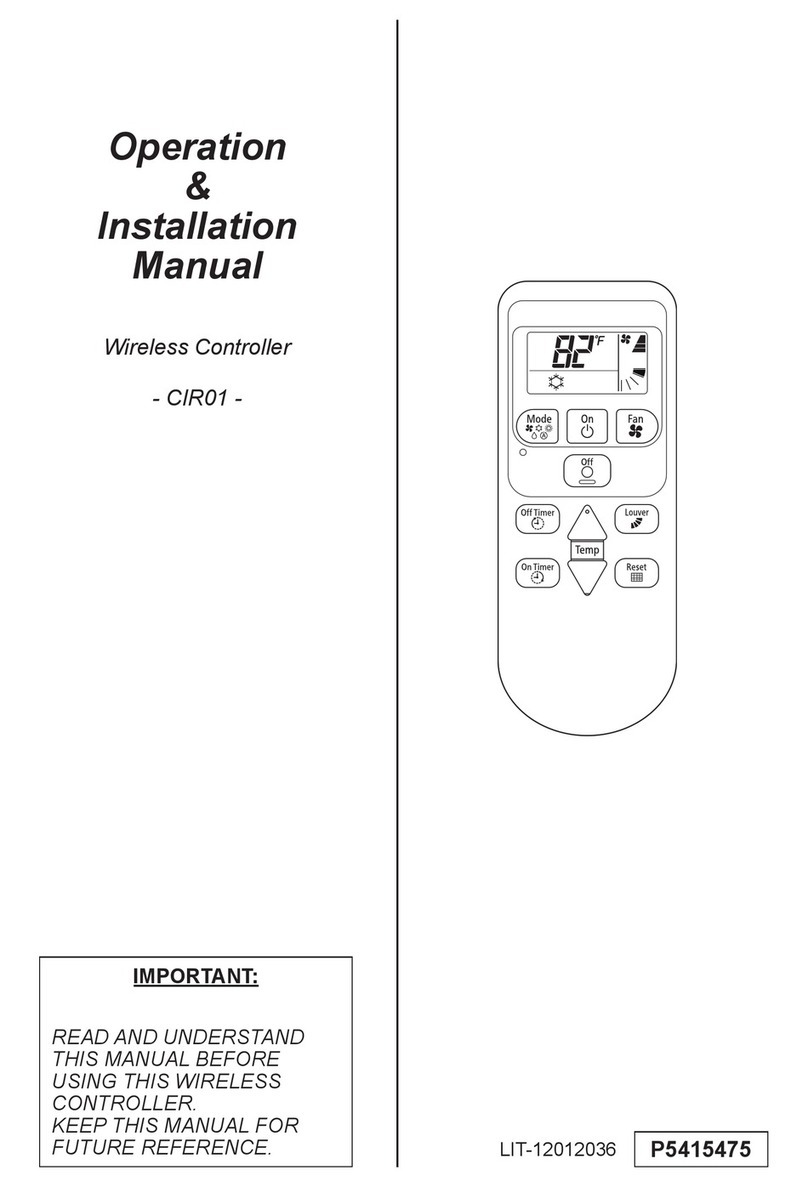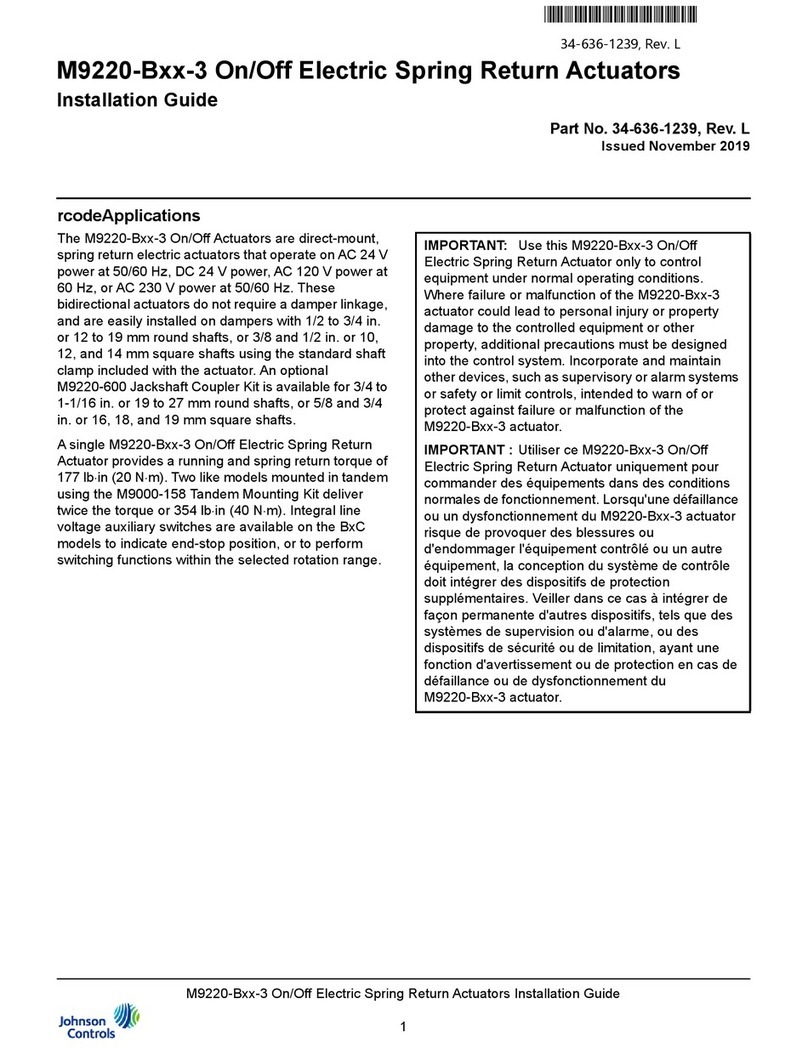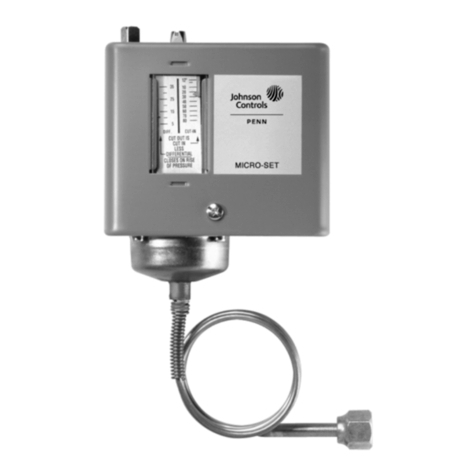
Safety instructions for service personnel
Warning: When using equipment connected to the telephone network, always follow the basic safety instructions provided
with this product. Save these instructions for future reference. Inform the end-user of the safety precautions that must be
observed when operating this equipment.
Before installing the equipment
Ensure your package includes the following items:
lInstallation and User manuals, including the safety instructions.
lRead and save these instructions.
lFollow all warnings and instructions specified within this document and/or on the equipment.
lHS3032/HS3128/HS3248 alarm controller
lPower Supply, direct plug-in
Selecting a suitable location for the alarm controller
Use the following list as a guide to find a suitable location to install this equipment:
lLocate near a telephone socket and power outlet.
lSelect a location free from vibration and shock.
lPlace alarm controller on a flat, stable surface and follow the installation instructions.
lDo not locate this product where people may walk on the secondary circuit cable(s).
lDo not connect alarm controller to electrical the same circuit as large appliances.
lDo not select a location that exposes your alarm controller to direct sunlight, excessive heat, moisture, vapors, chem-
icals or dust.
lDo not install this equipment near water. (e.g., bath tub, kitchen/laundry sink, wet basement, near a swimming pool).
lDo not install this equipment and accessories in areas where risk of explosion exists.
lDo not connect this equipment to electrical outlets controlled by wall switches or automatic timers.
lAvoid interference sources.
lAvoid installing equipment near heaters, air conditioners, ventilators, and refrigerators.
lAvoid locating equipment close to or on top of large metal objects (e.g., wall studs).
lSee "Locating detectors and escape plan" on page 285 for information on locating smoke and CO detectors.
Safety precautions required during installation
lNever install this equipment and/or telephone wiring during a lightning storm.
lNever touch uninsulated telephone wires or terminals unless the telephone line has been disconnected at the net-
work interface.
lPosition cables so that accidents can not occur. Connected cables must not be subject to excessive mechanical
strain.
lUse only the power supply provided with this equipment. Use of unauthorized power supplies may cause damage.
lFor direct plug-in versions, use the power supply module supplied with the device.
Warning: This equipment has no mains on/off switch. The plug of the direct plug in versions of this equipment is intended to
serve as the disconnecting device. It is imperative that access to the mains plug and associated mains socket/outlet is never
obstructed. For permanently connected versions of this equipment the fuse in the connector block is the disconnect device. If
the neutral wire cannot be identified, then this equipment must be connected to a mains source that comes from a dis-
connect device that simultaneously disconnects both poles (Line and Neutral).
Important note for international market (EU, Australia, New Zealand)
This equipment is stationary-fixed and must be installed by Skilled Persons only. Skilled Person is defined as a person with
relevant education or experience to enable him or her to identify hazards and to take appropriate actions to reduce the risks
of injury to themselves and others.
lIt must be installed and used within an environment that provides the pollution degree max 2, over voltages category
II, in non-hazardous, indoor locations only.
lUse authorized accessories only with this equipment. Do not place any object on the top of the cabinet of this equip-
ment! Do not spill any liquids on the cabinet.
lDo not touch the equipment and its connected cables during an electrical storm; there may be a risk of electric shock.
lEnsure that cables are positioned so that accidents cannot occur. Connected cables must not be subject to excessive
mechanical strain. Do not use the Alarm system to report a gas leak if the system is near a leak.
lThese safety instructions should not prevent you from contacting the distributor and/or the manufacturer to obtain any
further clarification and/or answers to your concerns.
- 2 -
